the philippines has been growing coffee since the 18th century.
Made up of over 7,000 islands, the Philippines has a range of microclimates and conditions that are perfect for growing high quality coffee. At one point, it was the world’s fourth largest exporter of coffee. The nation has since endured through climate change, natural disasters, and international competition to re-emerge as a competitive supplier of Philippine specialty coffee.
The islands of Luzon, Visayas and Mindanao produce the most coffee, with dozens of varieties and species of coffee available thanks to its abundance of forests, mountainous regions, and fertile soil. The Philippines has everything from Robusta to Arabica varieties like Catimor, Bourbon, Typical, and Caturra. Some rare coffees that you’ll be able to find in the Philippines include Excelsa and Liberica, otherwise known as barako.
Philippine specialty coffee showcases a range of flavor profiles, roast styles, and processing methods. Expect flavor notes changing from juicy and tropical to dark, chocolatey, and bittersweet.
the legacy of liberica coffee
Making up less than 2 percent of the world’s supply, Liberica coffee is hard to find. The Philippines has been growing this coffee species for over 200 years, when a Spanish friar brought it to Batangas in 1740. Coffee farmers called Liberica kapeng barako for its distinctly bold aromas and “strong kick” of a taste.
Although it disappeared for a period of time, replaced by easy-growing Robusta, Liberica coffee is making a comeback in the Philippine specialty coffee scene.
reimagining liberica coffee
Many have historically thought of Liberica as inferior to the Arabica coffee species. With beans almost triple the size, specialty coffee lovers have come to expect only the bold, bitter tasting notes of Liberica’s past.
However, with the proper care and processing, Liberica can produce unbelievably sweet notes of mango and jackfruit, with almost no bitterness and very low acidity. Liberica also has significantly less caffeine than Robusta, is disease resistant, and almost 20 times the sugar of Arabica.
We’re excited to bring you the best of Liberica coffee at Varraco, along with other lesser known and exciting new coffees from Southeast Asia.

